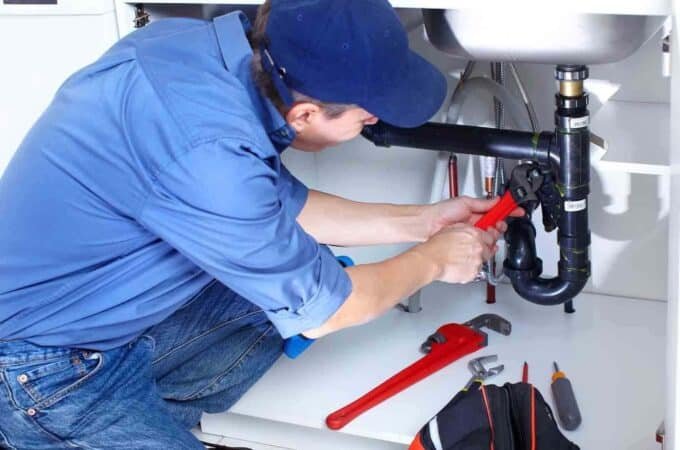
The Essential Guide to Heat Exchanger Equipment
Heat exchangers move heat between fluid streams without mixing or making direct contact. They are the workhorses of industrial processes, providing heating and cooling to equipment such as chillers and condensers.
Plate heat exchangers use gasketed plates stacked and clamped together within a frame to create an arrangement of flow channels. Each plate is fitted with holes — known as telltales — that identify leaking gaskets.
Table of Contents
TogglePlate and Frame Heat Exchangers
Plate heat exchangers are the most common type of industrial heat exchanger equipment. They consist of corrugated metal plates compressed in a frame to form two channels through which hot and cold liquids or gases flow. The plates have patterns that create a high level of turbulence and provide adequate heat transfer.
The fluids are separated by gaskets that seal between the plates. This allows for higher pressures than possible with shell-and-tube heat exchangers and a greater variety of materials. The plates are connected by bolting or brazing and can be configured as parallel or counterflow.
This configuration is ideal for cooling and heating fluids of low to medium viscosity, such as tomato sauce, raw milk, beer brewing, and other food production processes. They have lower capital costs than different types of heat exchangers. They also have relatively easy transportation, erection, and installation. They are also durable and can be dismantled for mechanical cleaning without losing efficiency.
Double Tube Sheet Heat Exchangers
Double tube sheet heat exchangers are used in operations where it’s critical that the shell-side and tube-side fluids not mix. This design prevents cross-contamination by providing a void between the two tube sheets in which any leaking substance can be evacuated, paired with a detector to raise the alarm in case of a leak.
The inner tube plate is often made from a highly abrasion or corrosion-resistant material such as titanium. In contrast, the outer tube plate can be manufactured using lower-cost carbon steel materials. The insertion of tubes through both the tube and baffle plates requires careful work to ensure a high degree of manufacturing accuracy, including achieving tube hole concentricity and baffle plate surface parallelism.
An example of a double tube sheet heat exchanger is a condenser in a nuclear power plant. The fission reactions inside the reactor produce steam that turns the turbines and produces electricity. This steam flows into a double tube sheet heat exchanger to condense back to water before returning to the reactor. This prevents the nuclear power plant’s service water loop from being contaminated with radioactive minerals and bacteria from external sources.
Spiral Heat Exchangers
Spiral plate heat exchangers are compact and can transfer heat between two fluids in a smaller space than other heat exchangers. They also require minimal maintenance and have removable covers that allow access to the interior heat transfer surfaces for field inspections or manual cleaning if necessary. The single spiral flow passages induce high shear rates that can scrub away fouling deposits. This type of heat exchanger is ideal for difficult-to-handle media, including process slurries, sludge, and media with solids or fibers.
A spiral plate heat exchanger consists of concentric spiral plate coils nested inside each other to form two distinct channels with counter-current or co-current flow arrangements that enable very close temperature approaches. This is ideal for high-viscosity applications and can be used to replace multiple shell & tube exchangers, reducing both capital and installation costs. They are also commonly used for the preheat, condensation, and evaporation of liquid fuels such as petroleum hydrocarbons in refineries.
Double-Pipe Heat Exchangers
Double pipe heat exchangers consist of two concentric pipes, one inside the other. They can be arranged in parallel or counterflow. Often, the hot and cold flows are separated by a conductive barrier. The inner pipe carries the working fluid, and the outer a fluid that is to be cooled or heated.
The inner and outer flows pass around each other in opposite directions, causing heat transfer by conduction through the inner pipe’s walls. This type of heat exchanger is often used at temperatures and pressures where simple shell-and-tube units would be cost-prohibitive.
These exchangers can be rated using standard equations that consider the working fluids’ heat transfer coefficients, the temperature difference, and other factors specific to a project. Compared to different heat exchangers, double-pipe exchangers can be heavy and expensive per unit of surface area. They can also be challenging to clean and repair. They can, however, be modified by adding fins or creating U-bends to increase the amount of heat transfer between the flows.
Tina Peters is a home deco enthusiasts, world traveler and a blogger that loves exploring new things, styles and cheap home remodeling ideas. Her main focus is helping people all around the world when it comes to home renovations, remodeling and improvements.






